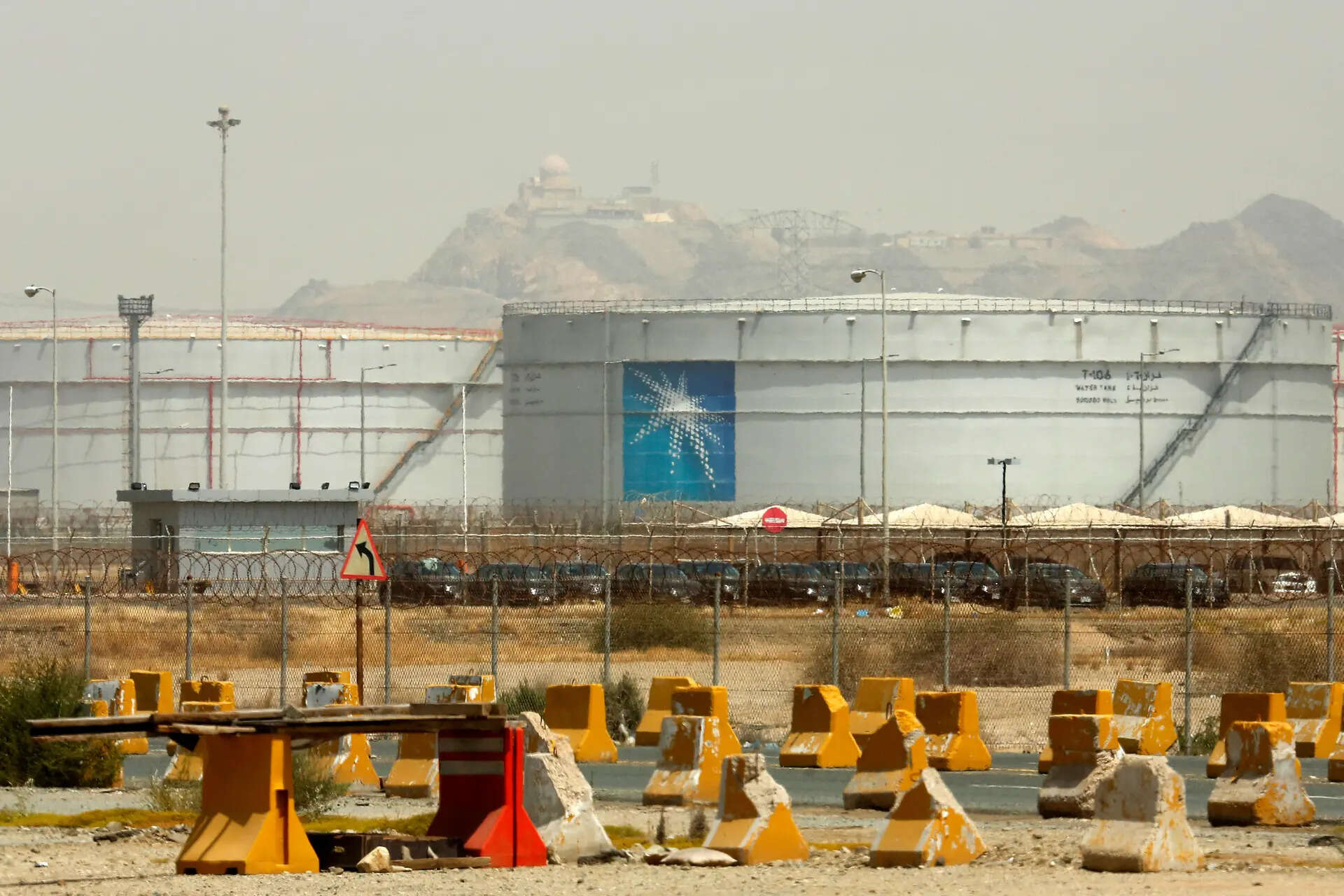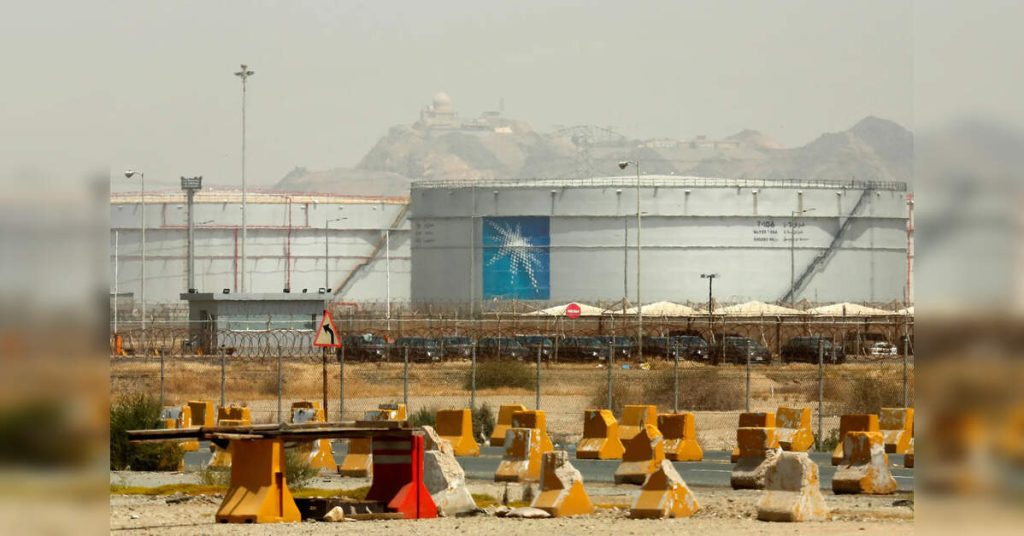
Saudi Arabian oil company Aramco, the world’s top oil exporter, reported a 2.3 per cent decline in its quarterly profit on Tuesday, citing a drop in crude and product prices, but performance improved from the previous quarter as oil production rose.
Shares rose up to 1.1 per cent to 25.88 riyals at around 5 GMT after the earnings were published
The kingdom has been pumping more crude as OPEC+ unwinds voluntary production cuts after several years of cutting back to support the market.
In October, crude oil futures fell for a third consecutive month, dropping more than 2 per cent and hitting a five-month low on October 20, on fears of a supply glut and economic concerns about US tariffs.
Aramco reported a net profit of 101.02 billion riyals ($26.94 billion) in the three-month period ended on September 30, down from 103.4 billion riyals last year.
However, net profit was up around 19 per cent compared to the second quarter as revenues rose due to higher volumes and prices for both crude oil and refined and chemical products.
The company’s total hydrocarbon production was 13.27 million barrels of oil equivalent per day (boepd) in the third quarter, compared to 12.8 million boepd the previous quarter.
On Sunday, the Organization of the Petroleum Exporting Countries and their allies, known as OPEC+, agreed to a small oil output increase for December and a pause in increases in the first quarter of next year, in what some investors saw as a signal of oversupply in the market.
Adjusted net profit, which does not include non-recurring items, at Aramco came in at $28 billion during the third quarter, beating a company-provided median analyst estimate of $26.5 billion.
Focus on gas
Aramco on Tuesday raised its 2030 sales gas production capacity growth target to about 80 per cent above 2021 levels, up from its earlier goal of more than 60 per cent.
This increase is expected to bring total gas and associated liquids production to around 6 million boepd, the company said.
“Part of that is from our unconventional gas expansion at Jafurah, which attracted significant interest from global investors,” CEO Amin Nasser said in a statement.
Aramco’s Jafurah project is central to Saudi Arabia’s ambitions to become a major global player in natural gas and last week the firm completed an $11 billion lease and leaseback investment agreement for the field gas processing facilities with a consortium of investors including BlackRock’s GIP.
The company confirmed a previously outlined $21.3 billion in total dividends for the third quarter, about $200 million of which is performance-linked dividends.
The dividends, which will be about one-third lower this year, are a critical source of income for the Saudi Arabian government, which owns 81.5 per cent of Aramco shares directly and another 16 per cent through its sovereign wealth fund PIF.
The kingdom has invested billions to diversify its economy away from oil.
Still, oil generated 62 per cent of the government’s revenue last year, and the International Monetary Fund estimates the kingdom needs oil prices at more than $90 a barrel to balance its 2025 budget.
Saudi issuers including Aramco accounted for 18.9 per cent of the $250 billion in emerging-market dollar debt in the first half of the year, Fitch said in August, driven by strong investor demand.
Aramco raised $5 billion from a bond in May and a further $3 billion from a sale of Islamic bonds in September.
Total borrowing rose to $95.1 billion as of September 30 from $80.9 billion a year earlier, while gearing, a measure of indebtedness, stood at 6.3 per cent from 1.9 per cent at the end of September 2024.


